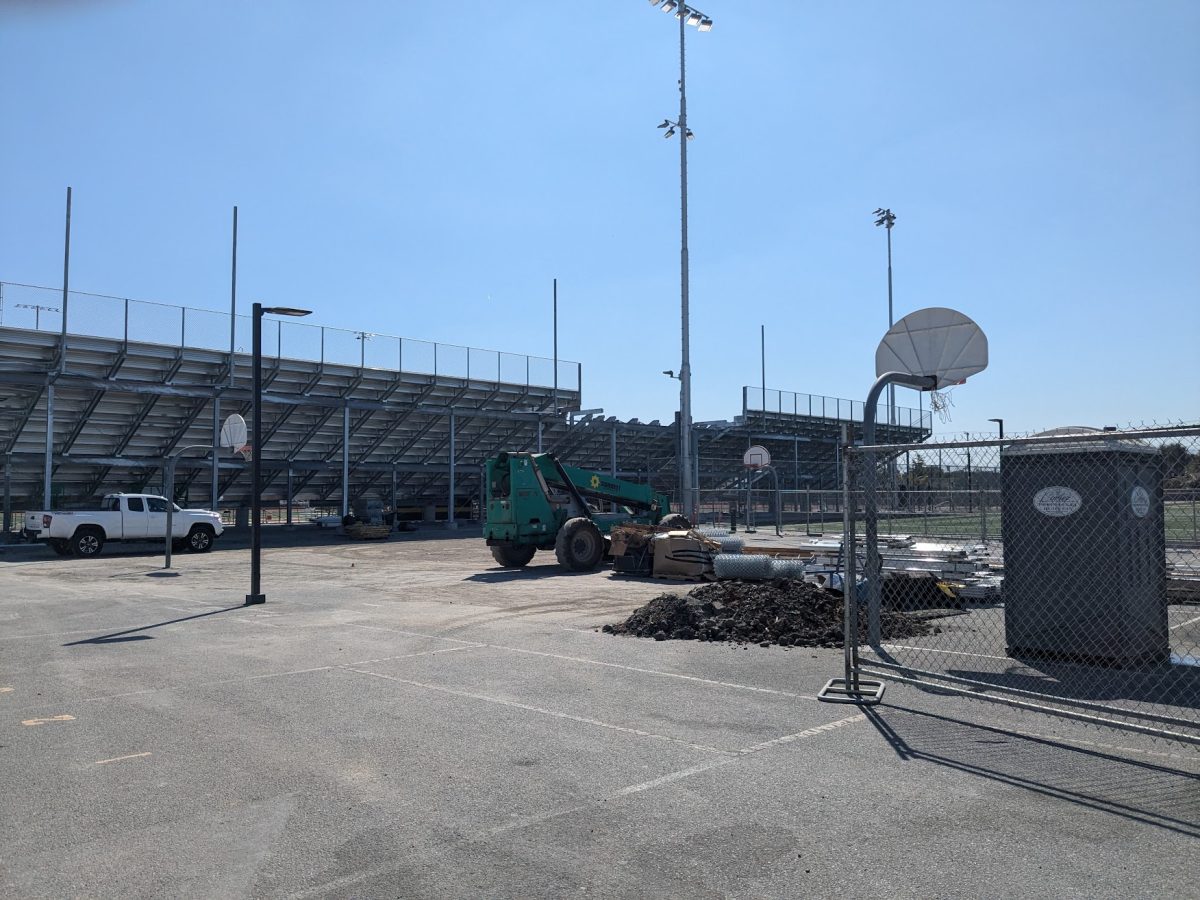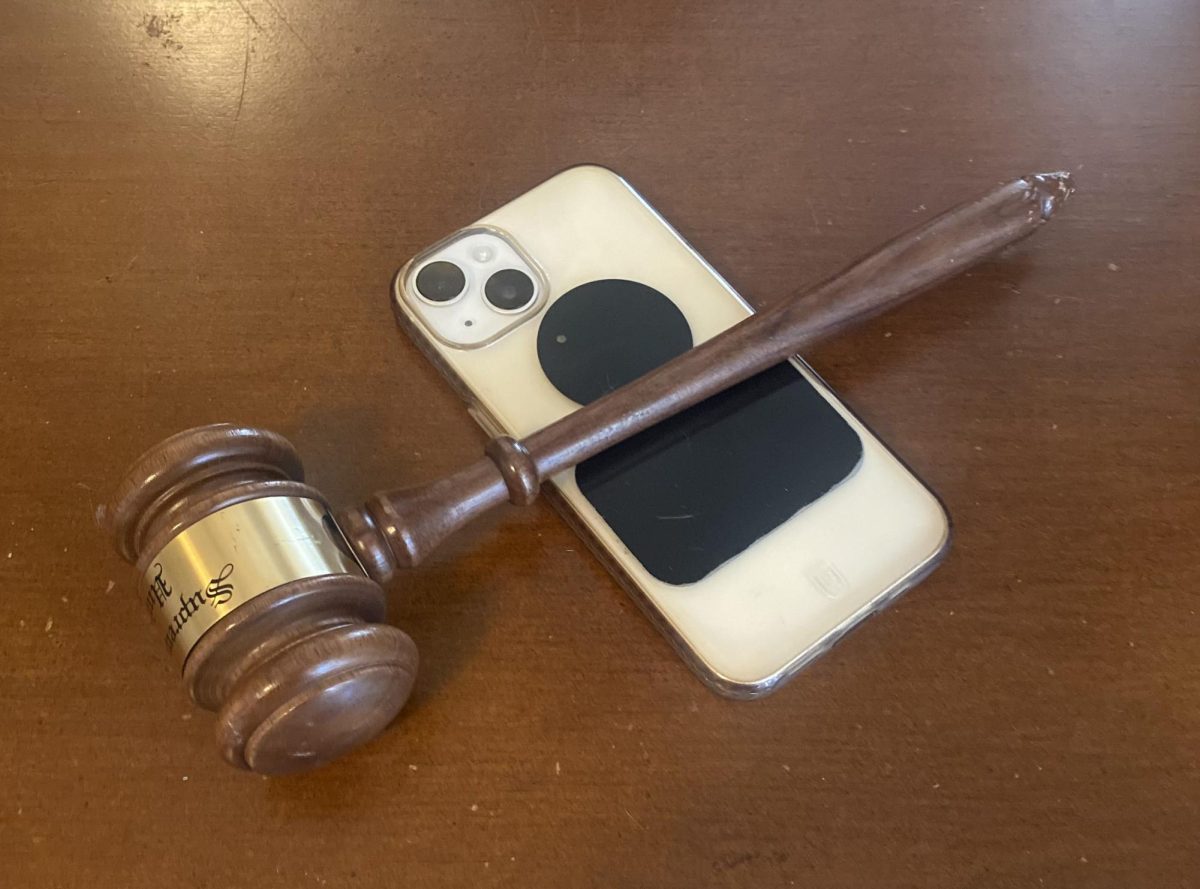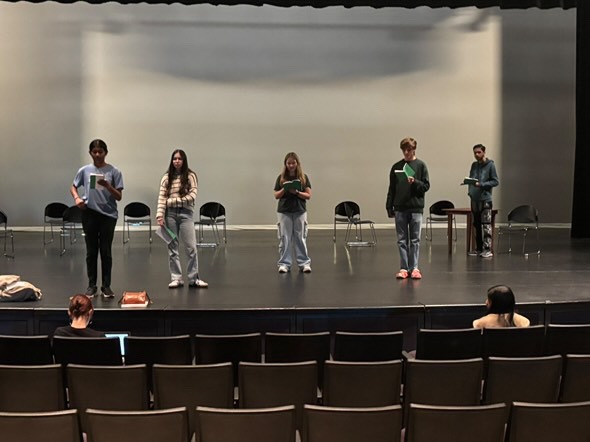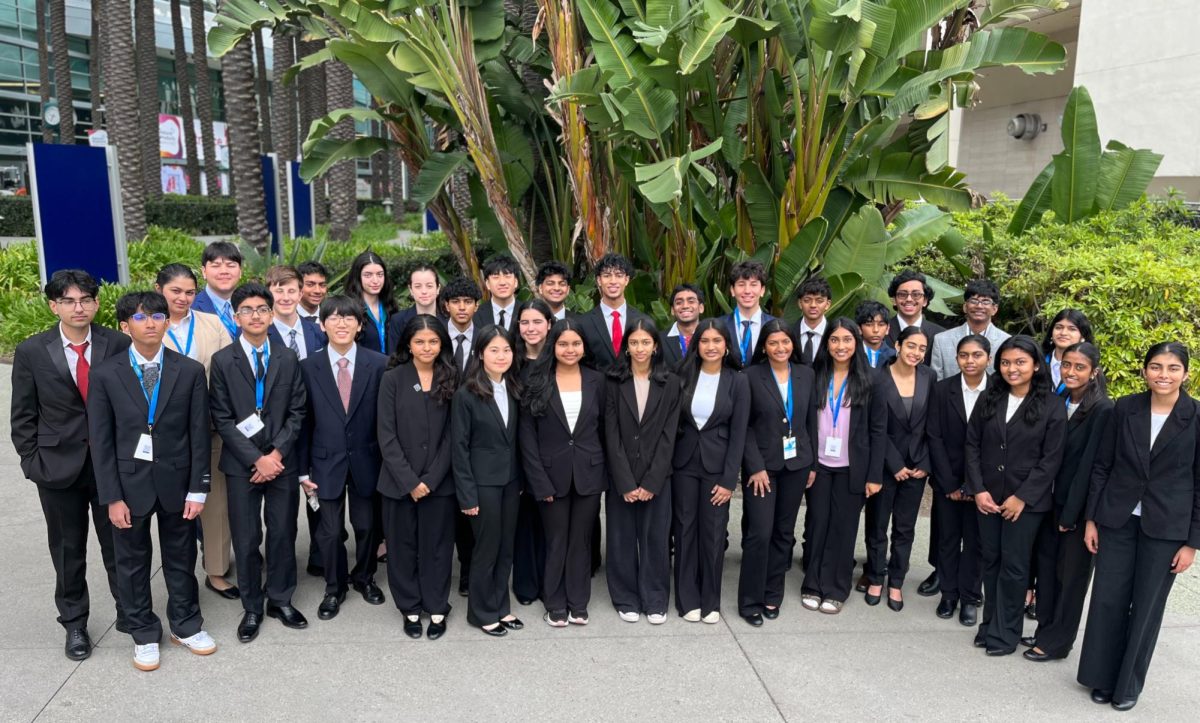As the new school year begins, Wilcox students return back to school with a renewed vigor. But as they walk from Calabazas to the B building, they realize the bridge is suddenly being redone. Well, that’s inconvenient. Now it takes double the time to walk from Financial Literacy in the N building to English class in the B building. And, wait a second…the bleachers construction project that started last winter is still going on!?
For many students, the sight of construction at Wilcox affecting their daily school life is a rather common sight. However, most students never give it much thought beyond a few complaints here and there. If one thinks deeper though, it does beg the question: why does construction happen at inconvenient times? Michal Healy, one of the directors of the Facility and Development Department at SCUSD explains the process can be tedious. It takes around three years just to get the whole project approved and another couple months to years to actually execute.
If there’s so much planning and approval, why do construction projects happen when school is in session? Why does there seem to be an endless delay of certain projects? Healy mentions delays can occur at any step in the approval process. When it comes time to build, manufacturing delays and weather also play a part.
This is what happened with the stadium bleachers at Wilcox. Healy mentions the bleachers were coming from Texas as “they’re one of the only companies in the US that make [them] and they’re just behind. They couldn’t get the…sheet metal that they needed.” The delay in building bleachers also affected the tennis courts, as the bleachers were being transported through the tennis court area. Therefore, the tennis courts couldn’t start until the bleachers project was finished.
Similar shipping delays affected the pool’s construction. During last year’s water polo season, the pool broke down nonstop signaling the need for new pumps. They were ordered in January, promised to come in June, but arrived two months late in mid-August.
Sometimes unfavorable weather conditions cause problems. While the contractor was waiting for the bleachers to finish, relentless rain poured down. The laying of asphalt/concrete had to wait as the mud prohibited proper drying. Luckily for Wilcox’s tennis players, Healy mentions “they’re supposed to be done in October.”
Other times, the approval process itself is just time-consuming. Proposed projects are requested through the district request form or pre-board-approved in each school’s individual thirty-year master plan. Plans are made through lengthy consultation of each school’s construction priorities and needs.
General designing involves the Facility team, other affected district departments, teachers, principals and even the superintendent sometimes. Once it’s approved by the district, the board must give the green flag to start. The architect then gets hired and draws up the plans. The proposal passes on for approval of all public requirements including: division of state, California Department of Education, California Environmental Quality Act (CEQA) and Department of Toxic Substances Control (DTSC). This is to ensure the facility meets school needs, adheres to school architectural mandates in Title V, and doesn’t harm the environment or vice versa. If the project goes off the property, like new driveways, the city also has to give approval.
At any step, the department could send back comments and the architect would have to address those issues and reapply. This becomes a hassle when unanticipated problems arise. Healy mentioned the driveway project at Scott Lane Elementary was a big headache because the city sent back multiple rounds of comments when only one was anticipated. By the time the city stamped its approval, two summers had gone by.
Once the plans are approved, the project is bid by contractors anonymously. The district chooses the cheapest option, sets the time frame and the project begins. The head contractor manages their own workers, materials and plans their day to day schedule.
Delays also affect the cost of the project. When contractors are not at fault for delays, they can ask for extra compensation. This is because they could be spending that time working on other projects.
It is important to remember district staff are working as hard as they can to ensure student’s facility needs are being met without delay. Healy comments, “we know the impacts it has on a school and we always worry about delays.” Next time you find yourself grumbling about an overdue construction project, remember it is not quite as easy as it seems.







